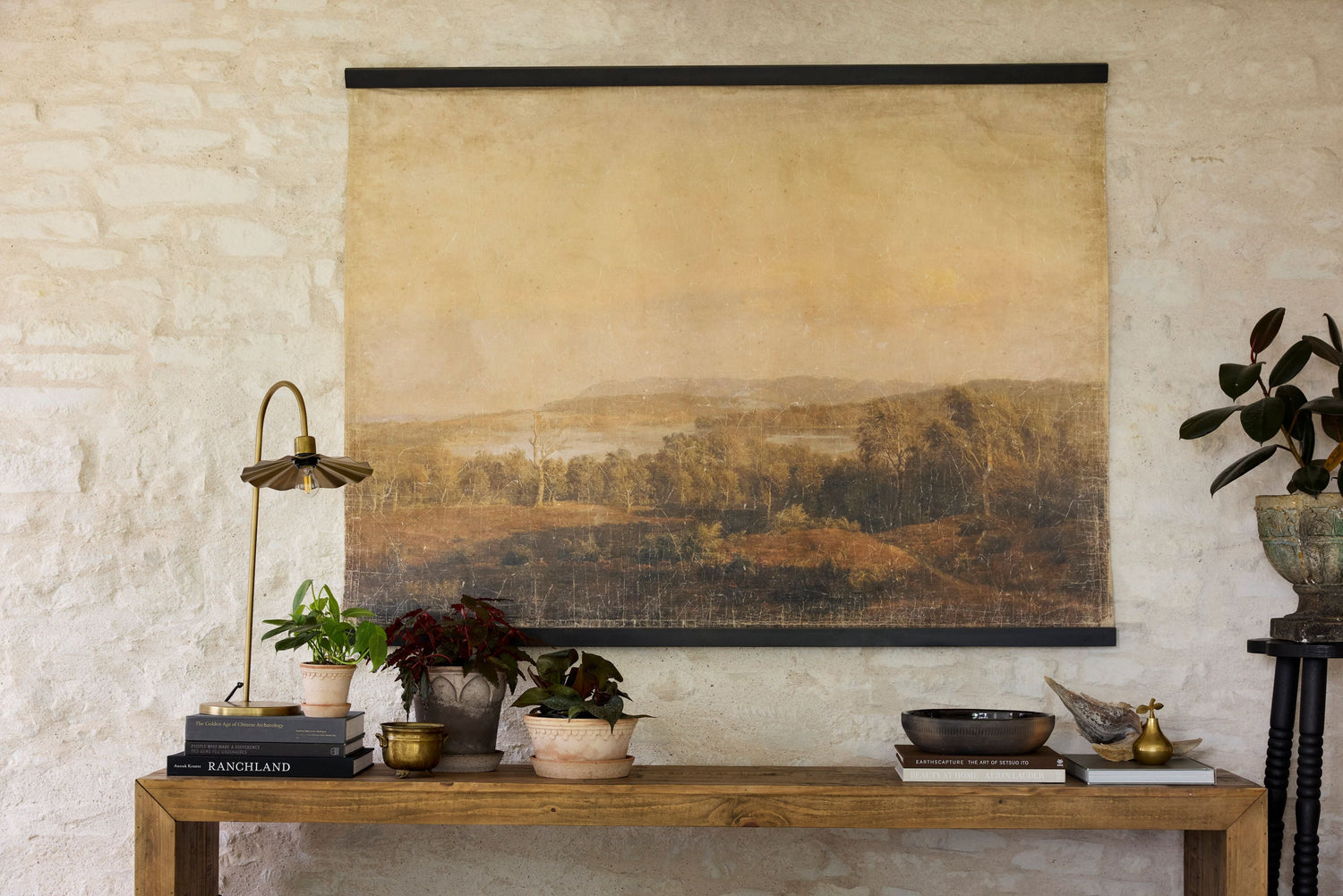How to Enlarge Art for Walls: Techniques to Transform Spaces
Professional photographers often seek innovative ways to showcase their work, and one effective method is learning how to enlarge art for walls. Enlarging art can transform any space, making it visually captivating and allowing your photographic art to make a bold statement. Whether you are decorating a client's home, a gallery, or a commercial space, understanding the techniques to properly enlarge and display art is crucial.
In this article, we will delve into various strategies for enlarging art, offering insights that can elevate your professional photography business. We'll explore the materials, tools, and creative techniques that ensure your work stands out on any wall.

Understanding the Basics of Art Enlargement
Before diving into the technicalities, it's essential to understand the basics of art enlargement. The process involves scaling smaller images to fit larger spaces without losing quality. This can be achieved through various methods, including digital enhancements, printing techniques, and careful selection of materials.
Digital tools like Adobe Photoshop and Lightroom are invaluable for photographers looking to enlarge images. These tools allow for precision editing, ensuring that details are preserved even when images are scaled up. Additionally, using high-quality printers and selecting the right type of paper or canvas can significantly impact the final product.
Techniques for Enlarging Art
Choosing the Right Material
The choice of material is pivotal when enlarging art. Photographers often debate between canvas and paper, each offering distinct advantages. Canvas provides a textured, artistic feel, while paper can offer more vibrant color reproduction. For a more modern look, consider metal prints, which can add a sleek, contemporary touch to any space.
Read more about using wallpaper as wall art for unique large wall displays.
Mastering Digital Tools
As a professional photographer, mastering digital tools is crucial. Software like Photoshop allows for intricate adjustments, ensuring that every pixel is perfect. Techniques such as sharpening, noise reduction, and color correction are essential when enlarging art. Additionally, using vector-based graphics can help maintain quality at any size.
Explore more about painting your own large art for inspiration on custom creations.
Printing Techniques
High-quality printing is vital when enlarging art. Photographers should partner with professional printing services that offer gicle printing or other advanced techniques. These methods ensure that colors are vibrant and details are sharp, providing a gallery-quality finish.
Discover more about DIY canvas wall decor to enhance your photographic displays.
Creative Display Ideas
Once your art is enlarged, the next step is deciding how to display it. The arrangement and presentation can significantly affect the viewer's experience. Consider these creative ideas:
Gallery Walls
Creating a gallery wall can add depth and interest to any space. By combining enlarged art with smaller pieces, you can create a cohesive look that tells a story. This approach is ideal for photographers who want to showcase a series of works.
Visit HGTV's large wall decor ideas for inspiration on gallery wall setups.
Statement Pieces
Sometimes, less is more. A single, large statement piece can be incredibly effective in making an impact. This approach works well in minimalist spaces, where the art can take center stage without distractions.
Check out MOmaa's oversized wall art ideas for tips on statement art pieces.
Considerations for Professional Photographers
As a professional photographer, your reputation is tied to the quality of your work. Here are some considerations to keep in mind when enlarging art for walls:
- Quality Control: Always review enlarged images for any flaws or issues before printing.
- Client Preferences: Understand the client's vision and ensure that the enlarged art aligns with their expectations.
- Space Analysis: Consider the space where the art will be displayed to ensure proper sizing and placement.
For more insights, explore upcycling large frames to create unique displays.
Conclusion
Learning how to enlarge art for walls is a valuable skill for professional photographers. By mastering the techniques discussed in this article, you can enhance your portfolio, attract new clients, and transform spaces with your art. Remember, the key to successful enlargement lies in attention to detail, quality materials, and creative presentation.

FAQ
What software is best for enlarging art?
Adobe Photoshop and Lightroom are industry standards for enlarging art due to their advanced editing capabilities.
How can I ensure my enlarged art maintains quality?
Use high-resolution images, opt for professional printing services, and choose the right materials to maintain quality.
What are some creative ways to display enlarged art?
Consider gallery walls or single statement pieces to creatively display enlarged art.

